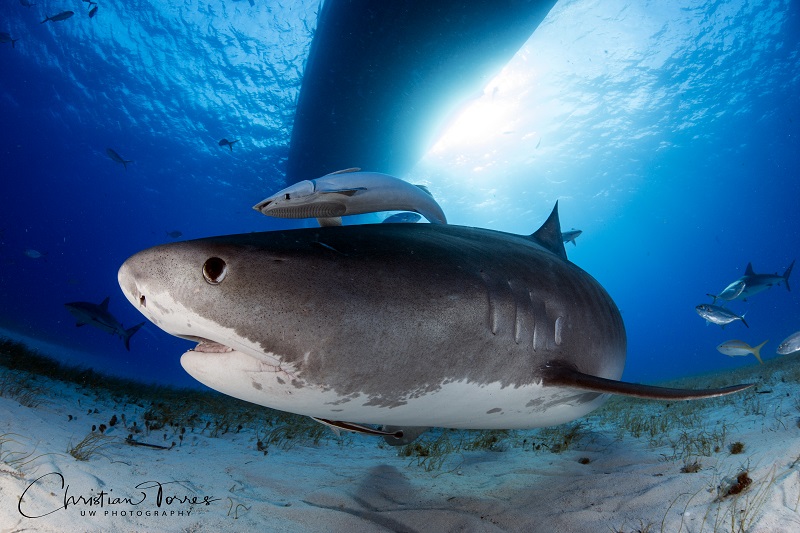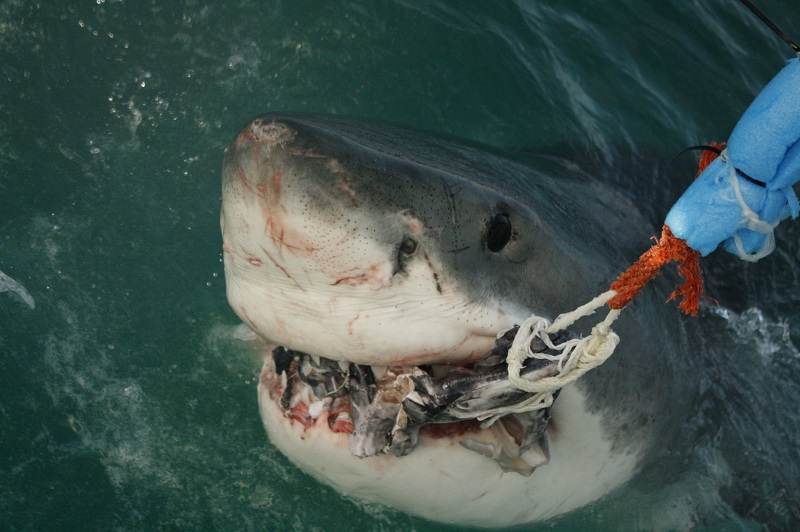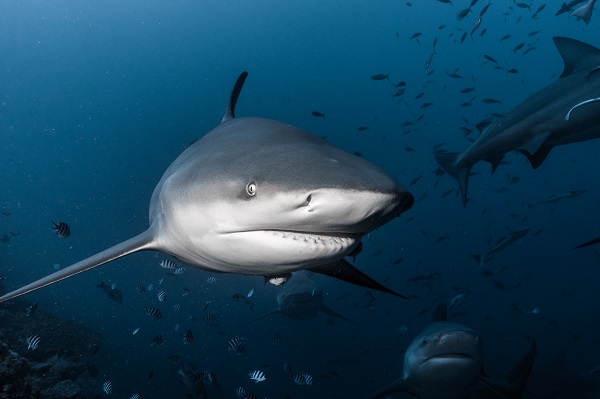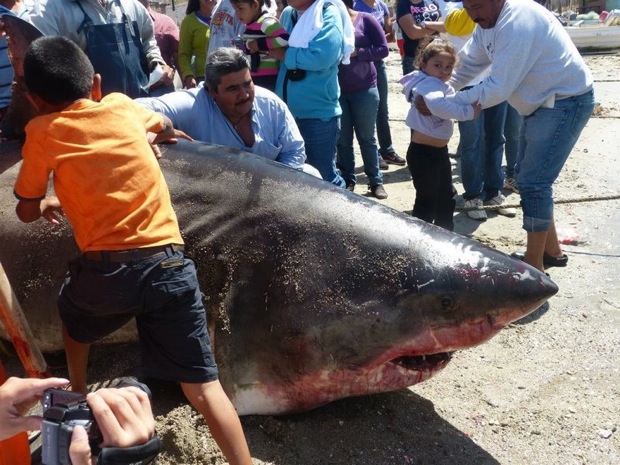Underwater creatures that dominated the oceans before dinosaurs populated the earth, once again caused fear and terror on beaches around the world in 2023. We’re talking about sharks! There were a total of 84 shark attacks publicly reported on humans last year, a total of 18 of which may be considered fatal.
There haven’t been this many deaths in over 20 years. In some cases, the victims were completely consumed. Here is a list of the shark attack victims from last year:
January 5: Manuel Lopez (53) has his head bitten off by a six-meter great white shark while diving for clams off Sonora, Mexico.
February 4: Stella Berry (16) is killed by a bull shark while swimming in the Swan River in Perth, Australia. Bull sharks hunt not only in the sea, but also in fresh water.
February 18: Diego Baria (32) dies off the coast of Argentina, fishermen find his remains while cutting open a captured shark Scavenge?
February 19: Chris Davies (59) is bitten several times and fatally injured by a tiger shark while swimming on the south coast of New Caledonia.
May 9: Alejandro Jimenez (17) is attacked and killed by a bull shark while spearfishing off the northern coast of Cuba.
May 13: Teacher Simon Bacanello (46) is attacked by a great white shark while surfing on the south coast of Australia and dragged underwater. His body is never found.
June 4: An unidentified man is killed by a shark while spearfishing in New Caledonia.
June 8: Vladimir Popov (23) is attacked and partially eaten by a tiger shark while swimming in the Red Sea off Hurghada in Egypt. His father has to watch helplessly from the dock.
August 12: Fisherman Amoni Malaeulu (41) is attacked and fatally injured by a shark off the coast of Samoa while trying to pull a whale carcass from the beach out to sea.
October 1: Felix Louis N’jai (52) is attacked and eaten by a great white shark while swimming at Wildcat Beach, Point Reyes in California.
October 31: Todd Gendle (55) is killed and eaten by a great white shark while surfing at Streaky Bay in South Australia. A witness told ABC television that the shark was “as long as a limousine.”
November 21: A German diver (47) is attacked by a tiger shark on Tiger Beach/Bahamas. She appears on the surface of the water once more and then disappears forever.
December 2: Maria Jimenez (26) has her leg bitten off by a shark on the beach in Melaque, Mexico in the Pacific. Shortly beforehand, she was able to hoist her 5-year-old daughter onto a swimming platform and save her. Maria Jimenez dies on the beach due to high blood loss.

December 4: Lauren Erickson van Wart (44). The young bride is attacked and killed by a tiger shark while paddle boarding with her husband in the Bahamas just one day after her wedding.
December 14: 76-year-old Canadian tourist Joseph Bynens is attacked by a shark at Playa Quieta in the hotel zone of Ixtapa on the Pacific coast of Mexico and dies from his injuries.
December 28: Surfing talent Khai Cowley (15) is killed. The teenager had gone with his father to Ethel Beach on the south coast of Australia; the two wanted to ride the waves. But just as the teenager was paddling out to sea, a great white shark suddenly appeared. The predator bit Cowley’s leg off. Rescue workers tried to resuscitate him, but the injuries were too severe. Particularly dramatic: The cruel scenes are said to have taken place in front of the shocked father’s eyes.
December 29: Víctor Alejandro “N” (20) is attacked by a great white shark while diving for crustaceans off the coast of Sonora in Mexico and his leg is bitten off. He dies from his injuries.
December 30: Jason Carter (39) is attacked by a tiger shark while surfing off the Hawaiian island of Maui. The man can no longer be saved by the rescue team and dies in hospital.
First of all, there’s no denying that from 1950 to 2020, the total number of unprovoked shark attacks has risen, going from 50 in the middle of the last century to over 80 in 2023—and reaching that 98 peak in 2015. Here are possible reasons for this:
One 2016 study in Progress in Oceanographie warned that higher ocean temperatures were pushing shark species from the warmer, more sparsely populated southern hemisphere to the cooler, more crowded north—increasing the odds of shark-human encounters. What’s more, higher temperatures also mean more beach-goers and bathers, providing more potential chum for sharks.

Secondly, further developments in equipment for divers, surfers and spearfishers have meant that improved neoprene suits mean that people can stay in the sea for much longer – even at low temperatures – which also increases the risk of encountering a shark.
Third: Some experts see the dramatic overfishing of the seas and increasing environmental pollution as the reason for a lack of food for large predatory fish such as sharks. In search of prey, they increasingly come to shallow coastal waters.
Fourth: Great white sharks have been protected in many countries since the 1990s and are not allowed to be hunted or fished. An increase in the population over the past 30 years may have led to more attacks on humans.
Fifth: Better reporting. When in the 70s and 80s shark attacks didn’t get much media coverage around the world, the internet and widespread use of smartphones and drones nowadays have also facilitated public awareness and reporting of shark attacks.
Humans have no place in the ocean. It is not surprising that we fear most sea creatures. When we go into the sea, we are truly “in another world”. Even with good diving equipment, we remain intruders and silent observers. Panic and fear have therefore played an important role in the survival of humanity. People are afraid of what they don’t know, and of all the large predators on the planet, we probably know the least about the shark. We must be clear: When we go into the sea to swim, snorkel, dive or surf, we are entering the realm of sharks. And we do it at our own risk.

Christian Kemper is a TV journalist from Germany and freelance writer for three of the biggest diving magazines in Germany. He has been diving with and studying sharks for more than 20 years. The author has written two books about shark attacks and published his first English language book about sharks titled “The Fear Beneath.”


